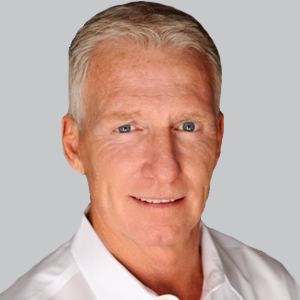News
Article
Nexalin Neurostimulation Device Shows Therapeutic Benefit in Migraine
Author(s):
Patients treated with the neuromodulation device outperformed those on placebo on several key outcomes, including Visual Analog Scale and Migraine-Specific Quality of Life Questionnaire scores.

Recently announced topline data from a randomized, controlled study assessing Nexalin’s second-generation, 15 milliamp (mA) neurostimulation device showed substantial and significant benefit in treating patients with migraine.1
The trial, conducted at the Vertigo Center at the Second Affiliated Hospital of Zhengzhou University, included 40 individuals with migraine who were assigned 1:1 to either neuromodulation or sham. Over a 4-week treatment period, investigators observed statistically significant improvement across all key metrics, including Visual Analog Scale (VAS), Pittsburgh Sleep Quality Index (PSQI), Hamilton Anxiety Rating Scale (HAMA), Hamilton Depression Rating Scale (HAMD), and Migraine-Specific Quality of Life Questionnaire (MSQ) scores.
"Research and Markets estimates the migraine and depression markets at roughly $3.9 billion and $11.2 billion, respectively. We believe the data we have reported in our clinical studies provide evidence of potential clinical efficacy, without any significant adverse effects, which is especially noteworthy given the growing number of patients seeking non-pharmacological treatment options, since pharmaceuticals often come with very negative side effects," Mark White, chief executive officer, Nexalin Technology, said in a statement.1 "We look forward to conducting additional clinical trials in new indications – many of which will be fully funded by Wider, our new JV partner."
The Nexaline Gen-2 mA neurostimulation device was recently approved in China for the treatment of insomnia and depression. This noninvasive approach places a pad gently on a patient’s forehead and behind each ear. It produces a patented frequency waveform that transmits an undetectable electric frequency to stimulate a positive response in an individual’s brain. Protocols are typically 10-20 sessions over a 2-4 week period.
The migraine trial follows the company’s recently completed study assessing the neuromodulation device in patients with major depressive disorder (MDD). Published in Brain, the double-blind, sham-controlled trial included 100 recruited patients who received 20 daily 40-min, 77.5 Hz, 15 mA, 1 forehead and 2 mastoid sessions of active or sham stimulation (n = 50 for each group) for 4 consecutive weeks, following by an additional 4-week efficacy/safety assessment without stimulation (week 8).2
Forty-nine in the active and 46 in the sham group completed the study. In total, 27 of the 50 participants (54%) on Nexalin’s neuromodulation device achieved remission, as defined as scores of less than 7 on the 17-item Hamilton Depression Rating Scale (HDRS-17) at week 8 compared with 9 of 50 patients (18%) on sham. Overall, the remission rate was significantly higher in the active group compared to that in the sham group with a risk ratio of 1.78 (95% CI, 1.29-2.47).




